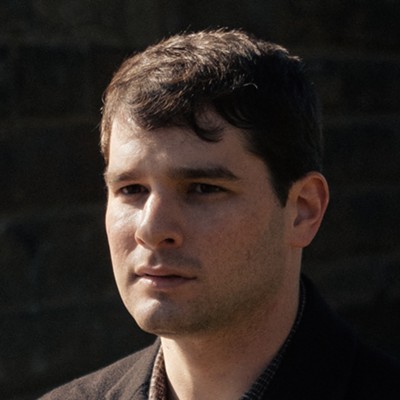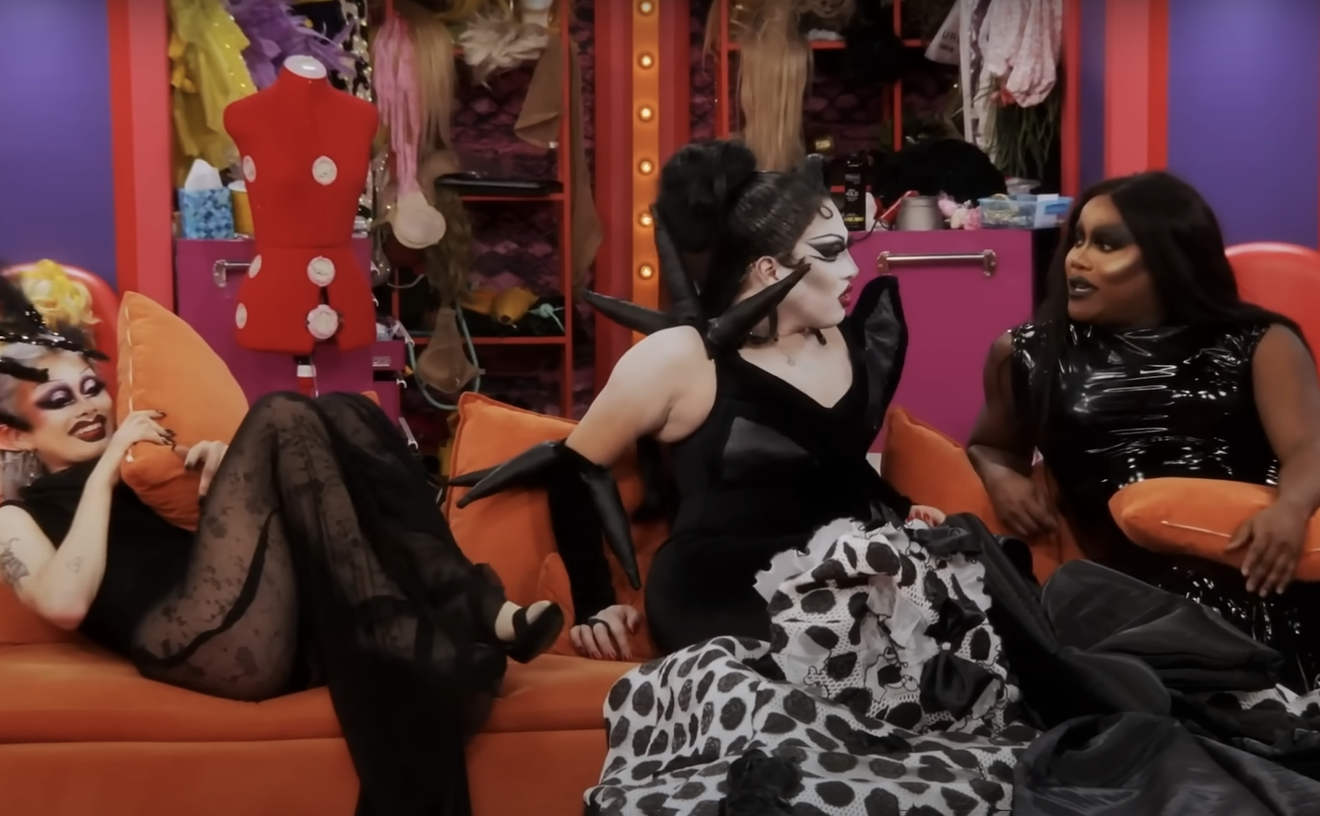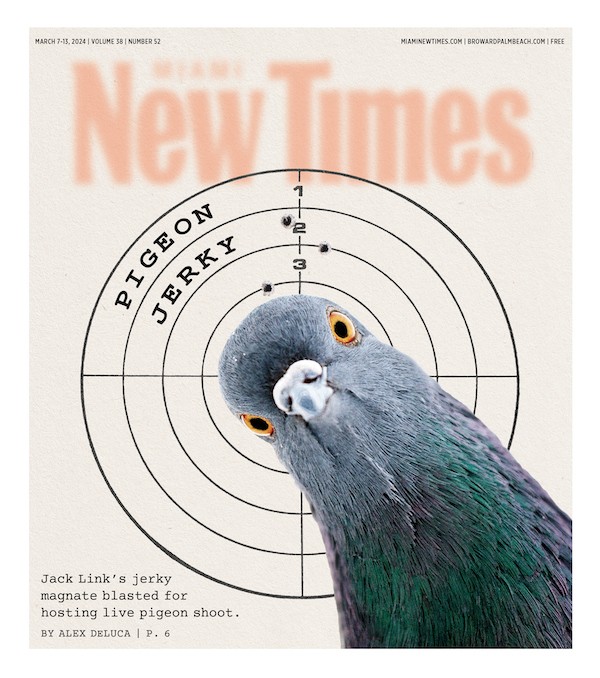Before the move, the organization had already begun to think about what its first exhibition in the new space would say.
"The last two shows at Locust, Ronnie [Quevedo] and T. Eliot [Mansa], were sort of this little tension spark of what I wanted to see this project, this space become, which is a layering, a place that adds on," says Lorie Mertes, director of Locust Projects.
Those shows encouraged a spirit of community involvement. Quevedo invited local youth soccer clubs to play futsal inside the exhibition space, while Mansa's installation reinterpreted local family rooms as spaces for socializing and community. They turned to Cuban-American artist and New World School of the Arts graduate Rafael Domenech to further develop these themes.
The result? An exhibition where participation is the artwork, and the viewer is the artist.
The show, "Assembling beneath a desire for sabotage," is centered around a pavilion structure, where spaces are separated by screens that can be folded and unfolded. Poetic phrases such as "the fire dies down at last" and "suspended brightness" run atop the wooden pillars. Domenech, who frequently explores books and publishing as an artistic theme, says that the pavilion itself could be considered a publication, with the events happening within it considered as things happening in an ongoing story generated by the people participating within it.

Installation view of Rafael Domenech's "Assembling beneath a desire for sabotage" at Locust Projects
Photo by Zachary Balber
At least two of the chapters involve the pavilion's very existence. Following a first chapter on February 18 that featured a conversation between the artist and a guest curator, Domenech invited the community to help finish the work by building lamps that would be installed in the show. This "social factory," as the artist calls it, formed the second chapter. Domenech says the participatory aspect was influenced by ideas about community and how art can create a bridge between disparate groups.
"There's a particular book titled The Community of Those That Have Nothing in Common, and it has to do with this notion of coming together to make or build something new. There are no similarities, no shared experiences outside of coming together to build this situation," he explains. "I think that when an exhibition is seen from that perspective – exhibitions for me are speculative tools — it's about speculation, proposing new opportunities or situations, not so much about imposing."
Domenech also alludes to ways structures such as the art exhibition have been used to separate and codify.

Installation view of Rafael Domenech's "Assembling beneath a desire for sabotage" at Locust Projects
Photo by Zachary Balber
Other chapters have had more practical concerns in mind. Mertens needed a way to host Locust's 25th anniversary benefit dinner in the exhibition space. Domenech accommodated this by folding it into the project as the third chapter. Meanwhile, the show's official opening celebration came as chapter four. Planned activations include a Bingo Bash fundraiser on May 6, Dance Now! Miami performance and show-within-the-show featuring sculptures by other artists.
At the end of June comes the final chapter. The pavilion will be disassembled by Locust Art Builders (LAB) Summer Art Intensive participants. The teenage art campers will then incorporate the materials into their artworks. In that sense, the show will live on beyond its end.
Rafael Domenech's "Assembling beneath a desire for sabotage." On view through Saturday, June 14, at Locust Projects, 297 NE 67th St., Miami; 305-576-8570; locustprojects.org. Admission is free. Wednesday through Saturday 11 a.m. to 5 p.m.











